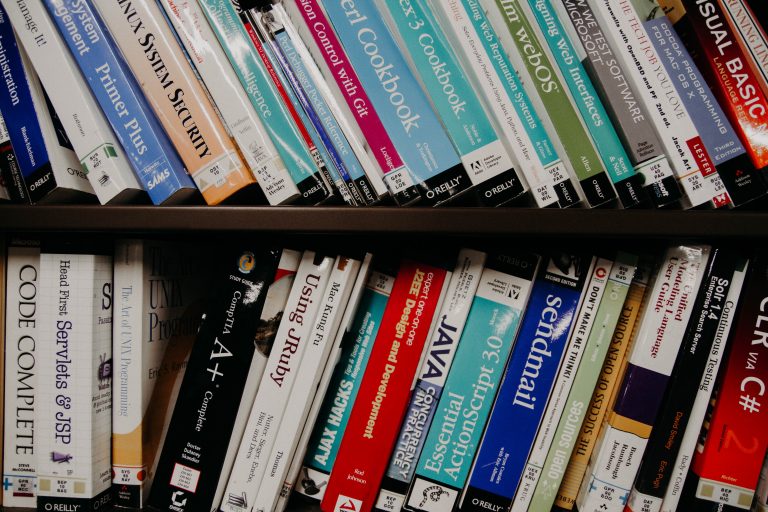by Kate Jackson, java programmer
I will not argue that a good programming book will replace any article; this is not so. And certainly it will not replace practice. For quite some time I searched for my personal “best Java tutorial for beginners.” Have a look at a few Java books that have come in handy to a greater or lesser extent at different stages of my studies.
Head First Java, 1st and 2nd Edition by Kathy Sierra, Bert Bates
‘Learning a complex new language is no easy task especially when it s an object-oriented computer programming language like Java. You might think the problem is your brain. It seems to have a mind of its own, a mind that doesn’t always want to take in the dry, technical stuff you’re forced to study.’
 Advantages:
Advantages:
-
The best Java tutorial from scratch, for complete dummies, is written in a living language;
-
Funny illustrations and humor;
-
Explanations with life examples.
Disadvantages:
-
A lot of “water” for those who have already entered the topic;
-
Not always successful puzzles and exercises.
Java: The Complete Reference (1-9 Editions) by Herbert Schildt
In some places, the presentation in the book is very detailed, reminiscent of extended and translated documentation with good visual examples.
Although this book, like the previous one, is considered a beginner’s textbook, my teacher’s experience suggests that it is good only in combination with other materials: the humanities switch will not be simple and clear. Best of all, the “Beginner’s Guide” is suitable for someone who at least taught programming (for example, at the university), long ago scored it, and at the same time, he likes the style of the author.
Advantages:
-
A traditional, thoughtful outline;
-
Good examples.
Disadvantages:
-
There are “jumps” from “too chewed” to “catch a glimpse”;
-
Sometimes boring.



